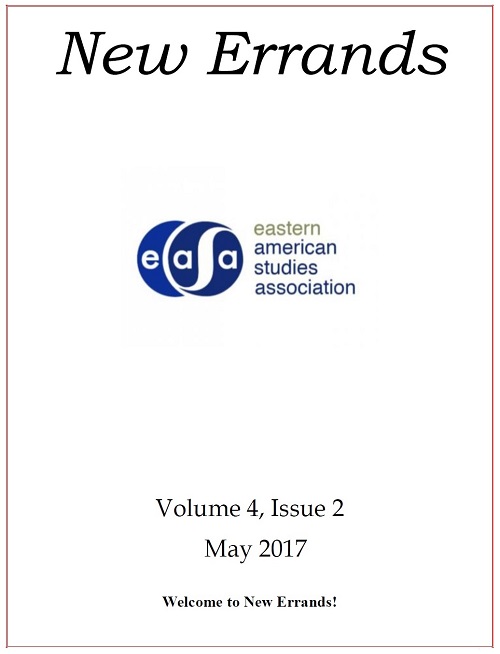Bodies Made Public: The Homeless Body in 1980s Los Angeles
DOI:
https://doi.org/10.18113/P8ne4260345Abstract
There is an unspoken danger surrounding homelessness. Most people avoid speaking to or even lookingat homeless people they see on the street or from their cars; the presence of homeless people can evoke pity,disgust, or fear. The condition of homelessness eclipses personhood because homeless people are not seen asindividuals but as the unwashed masses. Homelessness clearly affects the body because it is constantly exposedto the elements and lacks access to adequate facilities like restrooms and washing spaces. Throughout the1980s, there was a rising rate of homelessness in the United States. The City of Los Angeles responded to largenumbers of homeless people by attempting to eradicate homeless bodies, it did not, however, do much toeradicate homelessness. Homelessness forces bodies to be public yet homeless people are excluded from theconcept of "the public" and are perceived as a threat to health and safety. Throughout the 1980s, the exclusionof homeless people from the public occurred physically—through space—and figuratively—through discourse.

Bodies Made Public: The Homeless Body in 1980s Los Angeles by Kathryn Reuter is licensed under a Creative Commons Attribution 4.0 International License

